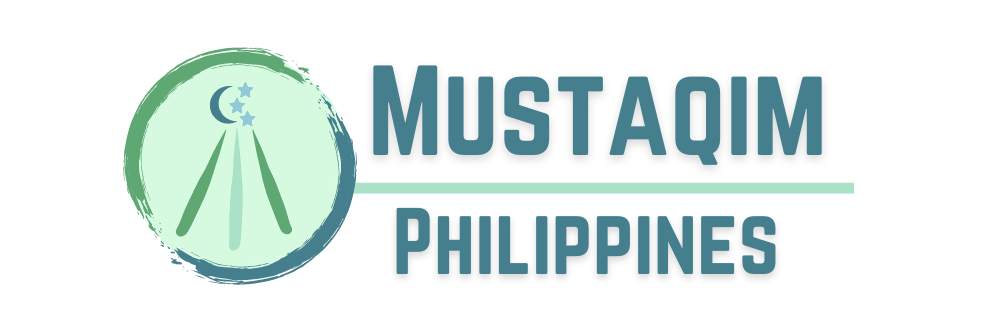Islam began to spread in the Philippines in the 9th Century thru the arrival of Muslim traders who originated from the present day Malaysia and Indonesia to the southern parts of the Philippines. The Muslim influence reached as far as Luzon, in the Kingdom of Tondo which was supplanted by Brunei’s vassal-state the Kingdom of Maynila. In 1380, the first Muslim trader to reach the Sulu archipelago was Karim ul’ Makhdum. The spread of Islam was hampered in Central and Northern Philippines by the Spanish Colonization in the 16th Century.
Mindanao and Sulu are the original homeland of the Philippine Muslims but the main concentration of the Philippine Muslim population is confined largely to the western side of Mindanao down to the Sulu archipelago. In mainland Mindanao, the Muslims are dominant only in Lanao and Maguindanao provinces.
The rise of Islamic political institutions in Southeast Asia began in the early 15th century. Sulu was the first Muslim community in the south to establish a centralized government, the Sultanate of Sulu in1450. It was founded by Hashim Abubakar. The full Islamization of the west coast of Mindanao was accelerated with the arrival of Muhammad Sharif Kabungsuwan. He established the Sultanate of Maguindanao.
Today, the culture is the blend of Islam and Adat.
